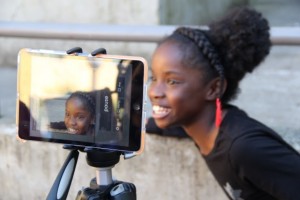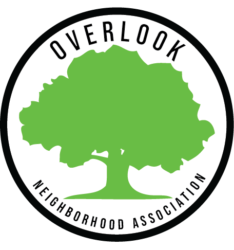1) City to consider residential infill policies
2) Youth filmmaking classes (Ages 8-18)
3) Reporting suspicious activity to police
1) City to consider residential infill policies
In response to community concerns related to new infill development, housing affordability and compatibility, demolitions, and the need for more housing choices in Portland’s single-dwelling neighborhoods, City Council directed the Bureau of Planning and Sustainability to undertake the Residential Infill Project in August 2015.
The report recommendations are at a concept level and reflect hundreds of conversations with stakeholders and community members. The recommended concepts will:
- Reduce the size of houses based on lot size and zone.
- Apply a Housing Opportunity Overlay Zone in areas with good access to services, jobs and transportation options and other amenities. Within this new overlay zone, allow more housing types (duplexes, triplexes on corners, additional ADUs) and rezone historically narrow lots to R2.5.
- Increase flexibility for cottage clusters.
- Provide incentives for retaining existing houses.
- Revise parking rules for houses on narrow lots.
Download a four-page handout that summarizes the recommendations or read the Residential Infill Concept Report.
City Council will hold public hearings on the residential infill report Wednesday, Nov. 9 and Wednesday, Nov. 16 at 2 p.m. each day.
2) Youth filmmaking classes (Ages 8-18)
 Portland Community Media have expanded their offerings for youth. Budding animators ages 8 to 10 can take a Nov. 19 iPad Animation class. PCM’s iPad animation kits are sturdy enough for younger students but powerful enough to help them create high-quality animated shorts.
Portland Community Media have expanded their offerings for youth. Budding animators ages 8 to 10 can take a Nov. 19 iPad Animation class. PCM’s iPad animation kits are sturdy enough for younger students but powerful enough to help them create high-quality animated shorts.
Young filmmakers ages 11-13 can take PCM’s Dec. 17 iPad Filmmaking class, which certifies them to borrow our iPad filmmaking kits for free.
And youth ages 16 and older can take all of PCM’s adult classes, including the upcoming Oct. 25 or Nov. 29 screenwriting class at the ReBuilding Center, From Story to Script: Narrative Screenwriting.
3) Reporting suspicious activity to police
Neighbors sometimes hesitate to report suspicious activity to the police when they are unsure that it warrants a call or that they will receive immediate response, among other concerns. Some examples include residents observing people:
- Looking into the front windows of homes.
- Knocking on a neighbor’s door then walking to the side yard when no one answers.
- Walking on the street late at night, looking into vehicles.
- Loitering near a business when it is closed.
- Parking on the street, looking at houses and hanging out for an extended time.
- Yelling at each other and the fighting appears to be escalating to physical violence.
- Slumping over in their vehicle and there is concern for their welfare.
Call 9-1-1 for immediate threats to life or property or a crime in progress. Contact the police non-emergency number at 503-823-3333 when what you observe is not an immediate threat. After you have connected with the police, let neighbors know what happened and that you called the police. Only report the facts of what happened without speculation.
When you see suspicious or criminal activity in your neighborhood, it is helpful to provide accurate and detailed descriptions of what you are seeing and who is involved. This will help the police assess what is occurring and plan their response. The information also helps the Police Patrol Officers triage calls and can make a difference in the investigation of a crime. Practice identifying the details of people and activities that you observe so that you can use those skills when you need them.
When you contact 9-1-1 or the police non-emergency number, you talk to a call taker who types up the information you provide for a dispatcher who relays that information to the patrol officer. If you can capture the following details, it will improve responses:
Suspicious Activity Details:
- Focus on suspicious behavior, not suspicious appearance. What is the person doing that is suspicious?
- When did it start? Is it still going on? If not, when did it stop?
- Location
- If the suspect is gone, what direction did she or he travel?
Suspect Description:
- Sex: Male/ Female/ Unknown
- Age range
- Height/ Weight
- Race/ Ethnicity
- Facial features: Eye color/ Complexion/ Skin tone/ Other features
- Hair: Length/ Color/ Facial hair
- Clothing and shoes: Color/ Type
- Anything unusual about their gait, body movements or speech
- Unique features: Tattoos/ Scars/ Piercings/ Glasses/ Other
- Vehicle Description: Vehicle Type/ Color/ Make/ Model /License Plate/ Distinctive Features
